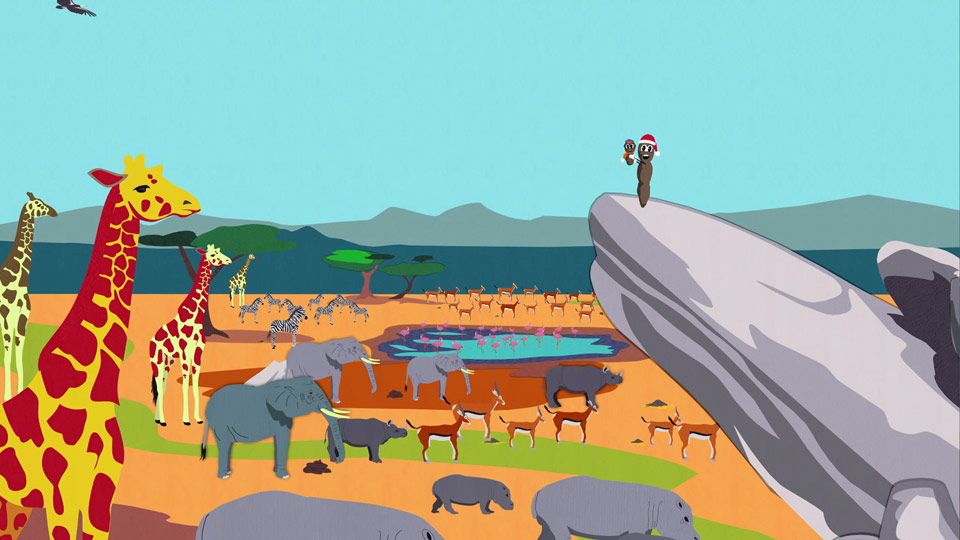0. Introduction to the Class

W
Welcome to Jeff Nekola’s Fundamentals of Ecology class taught out of the Department of Botany and Zoology at Masaryk University.
Until 2020 I had always taught this course through in-person lectures. Until the Covid-19 pandemic happened and I had to move content to an on-line format. I was initially worried about this, as I like to encourage a lot of interaction during the lectures. But I discovered that the distance format was actually useful when angličtina (English) is not your native jazyk (language): with distance lectures you can take as much time as you need to see a lecture; to stop and make sure they have gotten the material on the board written down correctly; to repeat as much as possible to understand the content. As a result I have decided to maintain on-line lectures, but augmented with in-person question and answer sessions during the regularly scheduled class period. This should allow for the best of both worlds: unlimited viewing of lectures but also the ability for real-time interaction.
This website captures and attempts to communicate the material from my in-person course in various ways: Not only will you have access to the 22 lectures that constitute this course, but each lecture also comes with specific learning goals plus other supplementary material to assist mastery of the subject material. And for those enrolled in the course, there will also be weekly live question and answer sessions.
And all this is good because ecology is hard. It represents a complex system influenced by all of nature and biology. To be good at ecology means that you have command not only of typical eclogical topics like predation and competition, but also evolution, phylogeny, physiology, behavior and biomechanics. And outside fields like mathematics, physics, chemistry, geography and geology. And because it shares patterns with systems as disparate as astrophysics, economics, linguistics, computer science, the social sciences and the arts, being familiar with these other fields is useful as well.
The successful ecological thinker needs to be able to take all that has been learned before in other classes (and perhaps hoped to never need again) and then apply these ideas to a different field."
First and foremost, I want you to be able to think like an ecologist. While I expect you to
learn some basic facts, I also realize that unless you decide to follow an ecological career, you will likely forget most of this within a few years. However, if successful, this course should permanently change how you look at biological and ecological problems.
In particular, I expect that by the end of the term you should be able to:
- Appreciate the natural world around you including the great diversity of species and the multiplicity of adaptations from local to global scales;
- Understand population and community dynamics so to be better able to predict the likely impacts of human activity; and
- Understand the interplay between observation and theory critical to the advancement of ecological science so that you can evaluate the validity of published research.
Introduction to the Class
Enrolled students of fall 2024 should watch this lecture before September 17.
What should you know before going through these lectures:
I assume that each of you has had the equivalent of a semester course in biology wherein you learned simple Hardy-Weinberg genetics and enough basic botany and zoology to know the major groups of organisms and the terms used for describing them. I will also assume you have a solid background in high school algebra. A semester course in each of chemistry, calculus, and statistics would also be helpful, but if you have not had any or all of these, fear not - I will teach you what you need to know as we go along.
The text for this course is: Krebs, Charles J. Ecology: The Experimental Analysis of Distribution and Abundance, 6th Edition. Pearson. 672 pp. ISBN: 978-0321507433.
(The copy is only accessible to people enrolled in the course through IS of Masaryk University.)
The specific reading assignments are listed below for each class. Be sure you read the materials before each lecture, as I will often lecture on materials not covered in the textbook, but which require understanding of the basic material covered. These readings should be considered only a start; you should be able to find additional readings for topics I bring up in lectures in the textbook index. Use these extra readings when you are studying for exams.
Instruction for those enrolled in the class:
Office Phone: +420 549 493 711
email: nekola@sci.muni.cz
Lecture Organization:
One of the challenges of ecology is that everything is interrelated. As a consequence, there is no "correct" or "natural" order in which to present the material. I have chosen to present the material based on levels of organization and complexity. We will start with a historical introduction (Section 1) population dynamics of single species (Section 2). We will then relax the assumption of one species and discuss the interactions of populations of different species (Section 3). We next move on to the dynamics of natural species assemblages – aka "communities" (Section 4). Finally, we examine macroecological patterns and processes (Section 5). You will note that this ordering differs from that of the Krebs textbook.
Over this semester you will be introduced to most of the major ecological subdisciplines (population ecology and demography; species interactions; community ecology; macroecology). This material will be presented in English through lectures and classroom assignments.
I hope you will enjoy your learning experience.
Jeff
Featured image: Mr. Hankey uses ecological thinking to explain to Corwallis why he is more than just a piece of crap. ("A Very Crappy Christmas", South Park, by Matt Stone and Trey Parker, 2000.)